They were older, grayer, and one of them walked with the aid of a cane, but 11 former paratroopers of the 11th Airborne Division, "The Angels," who visited Garmisch September 30 along with four family members still stood tall and saluted as crisply as they did in 1956-1958 when the elite division returned to Germany to train the first post-war generation of FallschirmjAfA$ger (German paratroopers.)
The warriors were on a whirlwind tour of their former kasernes in Bavaria, beginning with a flag raising ceremony honoring WW2 vets on Obersalzberg, a visit to the Eagle's Nest and castle in Berchtesgaden, and continuing on to a city hall reception in their "home town" of Augsburg. The vets then traveled locally, courtesy of a military bus provided by the Bundeswehr, making a windshield tour of Augsburg's Sheridan, Reese and Flak kasernes. Their visit to Artillery Kaserne, the southernmost US Army post in Germany where some of them had learned to ski half a century ago, got a warm reception from the garrison Soldiers and civilians.
Garrison Manager Karin Santos, a lifelong Army spouse, took time away from an ongoing security inspection to welcome the veterans and give them a background briefing on the evolution of USAG Garmisch from 1945 to the present. Many of the vets had questions about the numerous hotels once run by the Armed Forces Recreation Centers, of which all but the former Green Arrow Hotel (now called the Abrams Complex and currently used to house AFRC employees) were returned to host nation control in the interim or demolished- the Patton Hotel was the last AFRC hotel closed, while the von Steuben Hotel was torn down in September 2009. The best remembered hotel featuring an indoor combination arena and ice skating rink with a retractable floor, the Casa Carioca, burned down in 1970.
"How many of you have been to Garmisch before'" asked former paratrooper and retired Capt. Monika Stoy, organizer of the tour. Half of the hands went up.
Stoy made a round of introductions, pointing out paratrooper Joseph Hallett and his daughter Diana, who was born in Augsburg in 1958 while her father served in the 11 AB.
"And how many of you are back here in Germany for the first time'" Stoy continued.
This time more hands shot up.
"Regrettably this is my first trip back to Germany," said Larry Lenahan, who joined division in 1957 straight out of jump school at Fort Bragg and was stationed in Augsburg and Gablingen, both closed in 1998.
For decades Lenahan, whose recruiter specifically signed him up for the 11th Airborne and wrote it on his enlistment papers, spoke of returning to Germany, and when Stoy organized the trip, his wife insisted he go.
"So I said 'What about you'' And she said 'No!'" laughed Lenahan. "'You're going, and that's it!' So, I'm back."
Although their kasernes were gone, the vets agreed that Bavaria hadn't changed much since they were young Soldiers; it was still green and wholesome in appearance, and the small towns were just as they remembered. One of the vets commented on how Garmisch was such a "clean and pleasant place to be."
"The mayor would like to hear you say that," said Santos.
"I was a command PFC," joked Richard Becker, who spent 15 months in Gablingen with the division beginning in July 1957 and was visiting Garmisch for the first time. "My MOS was 9-11-17, a fire direction-control trained medic. We were constantly in the field at Grafenwoehr and Hohenfels doing some kind of training all of the time."
Grafenwoehr, he recalls, was not the warmest place he'd ever been in his life, but the training was good and his platoon sergeant was outstanding.
"A terrific guy, very bright. He knew how to handle people better than most I've met since then," said Becker. "An excellent man."
Ray Oxendine, who was a Special 3rd Class at Gablingen Kaserne in January '56, said he was raised working a farm using horses and mules in North Carolina, and was amazed at the number of plow animals being used in Germany then.
On the drive to the kaserne the vets saw many cattle grazing the fields throughout Garmisch-Partenkirchen, and Oxendine's comment began a humorous discussion about nightly traffic jams caused in Garmisch today when the sheep and cows return home.
"When joined the division I was assigned to special services, and mostly I played a lot of baseball and football all over Europe," said Oxendine. "I was a catcher in baseball and a great center and linebacker in football."
The Soldier-athletes played games for Americans and local nationals across Germany and France, and because of that Oxendine received a college scholarship to pay for college. During this visit Oxendine learned about the impact he had on introducing baseball to Germany.
"I found that out yesterday when we went back to Augsburg and visited some of the kasernes, that they were playing baseball from what came out of here in 1956!" said Oxendine.
Two of the vets were just 16 year old boys when they joined the 11th AD, said Stoy, noting the two youngest members on her 'jump manifest.' The boys, both approaching 70 years of age, got a good-natured round of ribbing from their fellow Angels at the mention of their comparative youth.
"My role for this event was as military sociologist/ historian," explained Stoy. "I planned and organized for the first reunion in 52 years among German and American paratroopers of 1956 to 1957."
The gathering of oral histories and reuniting the 11th AD vets with their German students is a part of Stoy's doctoral studies.
Armed Forces Network Television was on hand to record the visit, asking the vets what advice they had for today's paratroopers. During this Year of the NCO, their unanimous response was: "Trust and listen to your NCOs!"
"Keep learning," said Becker. "The more you know the better off you are in the field. The important thing is to listen to the people who are leading you. The NCOs are still leading the military-under the guidance of the officers-but the NCOs do it right. Listen to them!"
"Take advantage of this opportunity while you can do so," added Oxendine.
The oldest of the group at 80 and retired from his second career with the US Postal Service, retired Command Sgt. Major Lester Kapelka was the trainer for the first sticks of post-war Bundeswehr paratroopers in 1956.
"I retired after 27 years, 25 of them on jump status. I did more than 450 jumps out of a perfectly good airplane," said Kapelka in a deep voice of practiced authority. "I don't listen to anybody below the rank of major. It took a field grade officer to rate me."
Kapelka shrugged at Stoy for effect, evoking a chuckle from his fellow warriors.
At the end of the Garmisch reception the vets exchanged an 11th Airborne Division certificate autographed by the party in return for garrison coins from Santos.
Artillery Kaserne was the only active US Army post they visited, allowing the retirees to shop at the PX and commissary to stock up on a few necessities from home. The group had been living exclusively on German "rations" since arriving in-country September 26. After departing Garmisch, they traveled on to a reception with Bad TAfAPlz Mayor Josef Niedermaier.
For the next two days the group was reunited with German paratroopers they'd trained in Altenstadt, home of the German Airborne School. In various ceremonies they were received by the school commander and met with German army chief of staff, and observed tomorrow's German paratroopers during airborne training and drop operations.
The veterans had two remaining missions to exercise their legs and arms; the first was marching in a parade in Augsburg, while the second was hoisting steins with their friends old and new at an Oktoberfest celebration back at the airborne school.
"Lederhosen, anyone'" asked Stoy.
The 11th Airborne "Angeles" paratroopers, who once walked the line against the Warsaw Pact returned home October 3, mission accomplished.
(Visit bavaria.afneurope.net for more stories from the 11th Airborne veterans.)
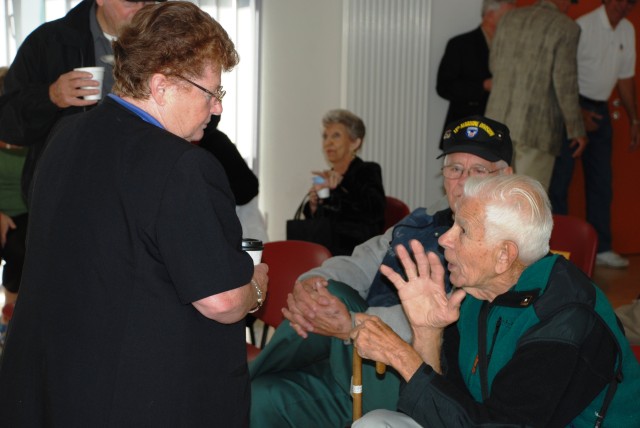
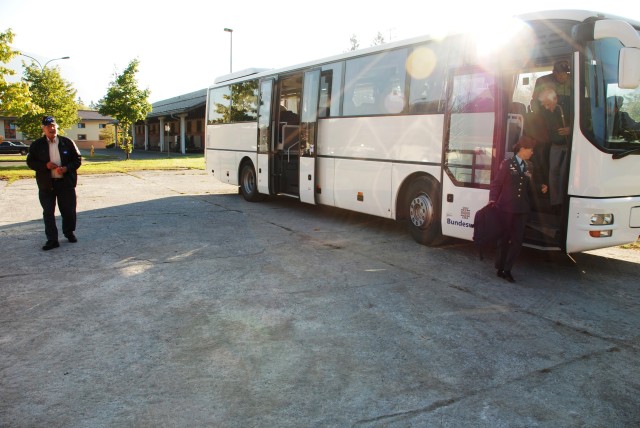
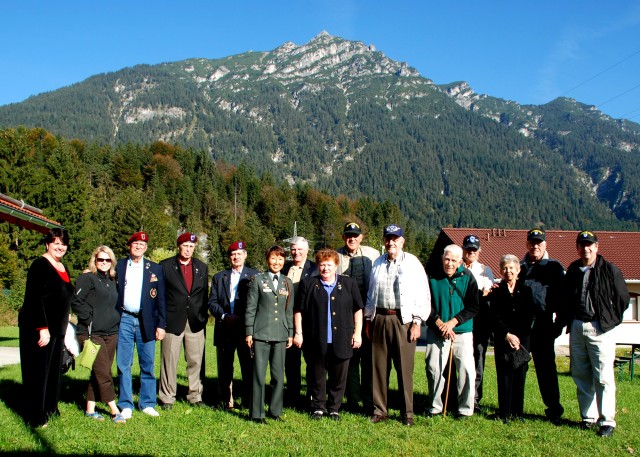
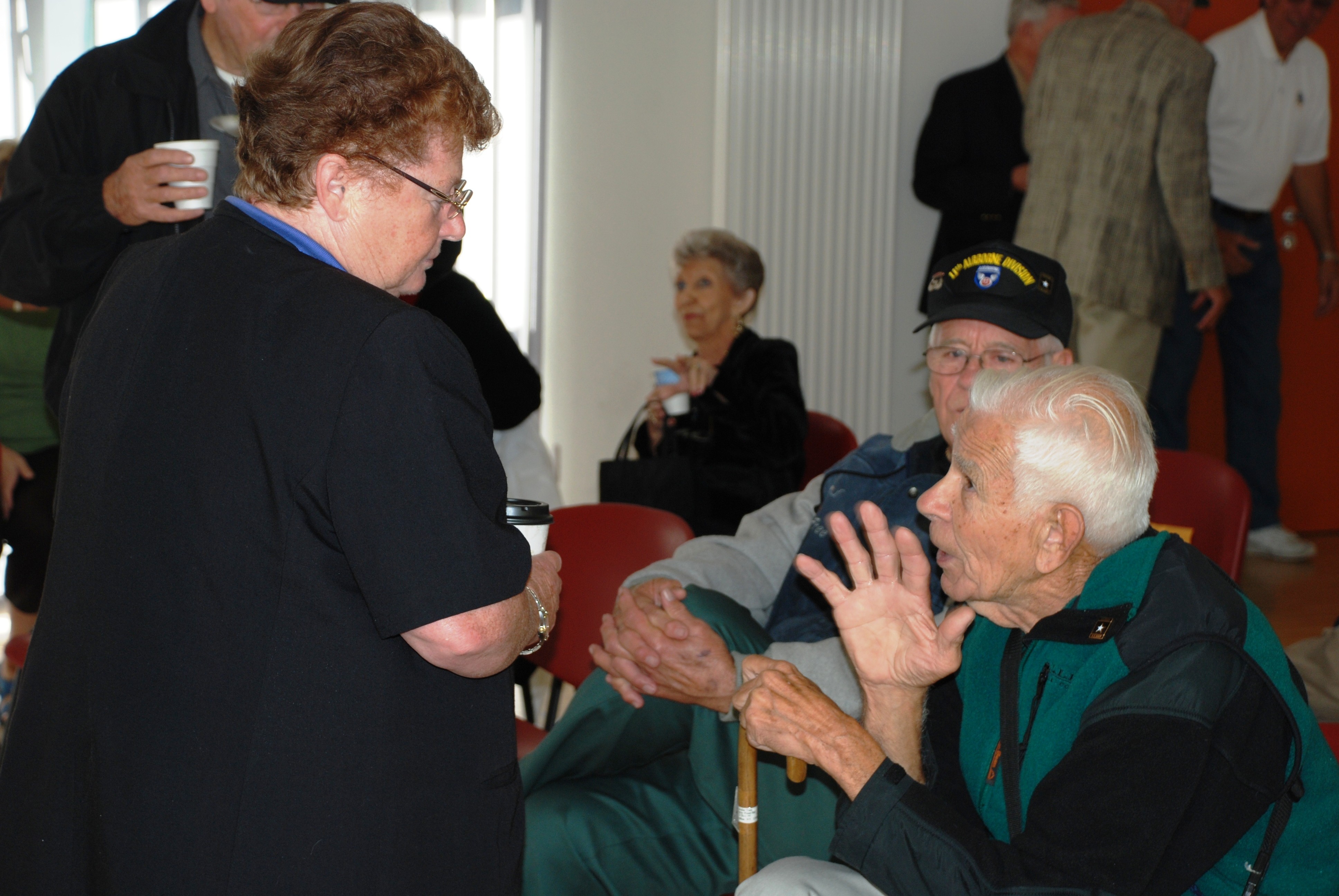
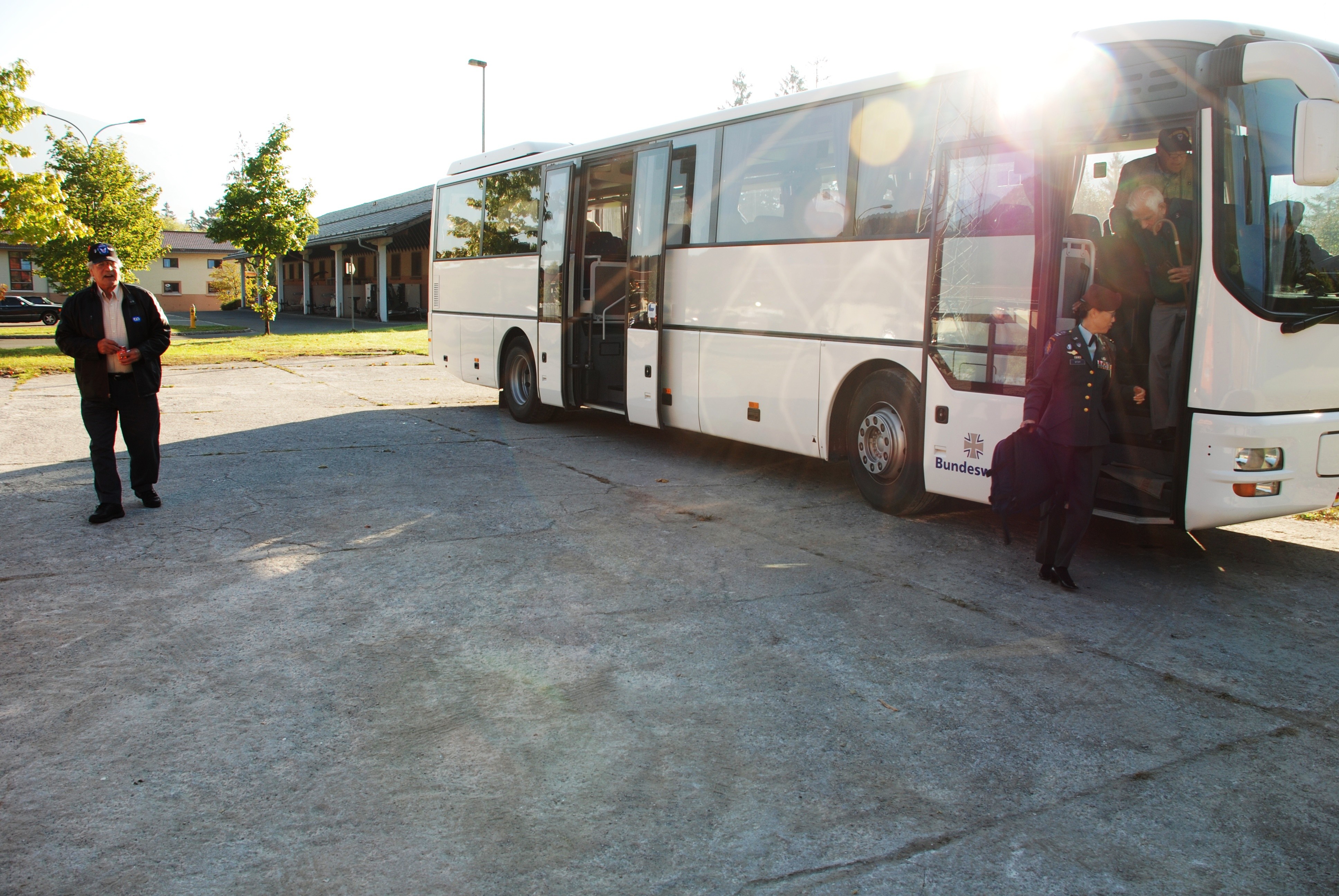

Social Sharing